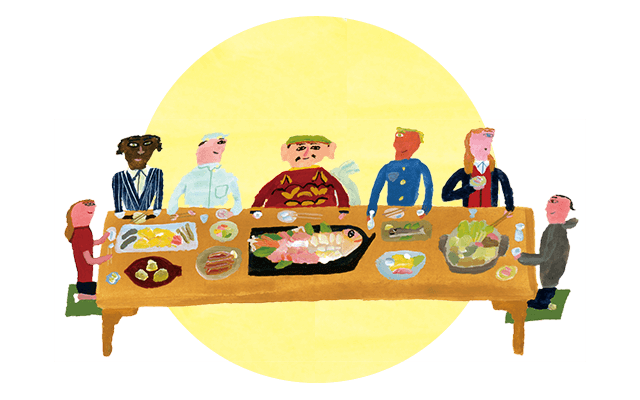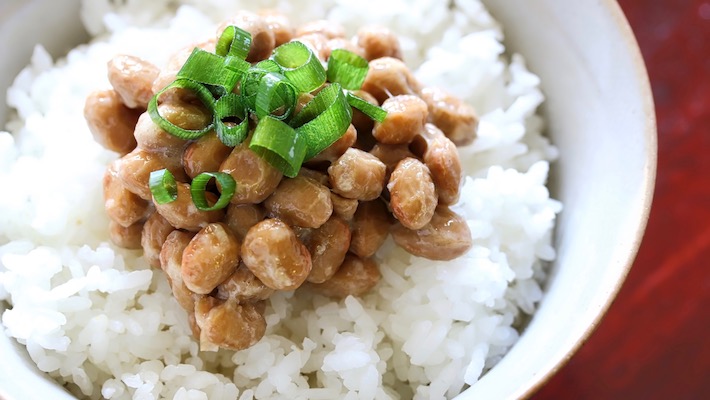
Harima Archives
2022.03.18 The Relationship between Brewing and Fermentation

The Japanese Dinner Table and Fermentation
Upon hearing the word “fermentation,” many people are sure to think of foods such as miso, sake, soy sauce, natto (fermented soybeans), and cheese. Fermentation is the work of microorganisms used for producing brewed products. It is an essential presence in Japanese cuisine in which miso soup, pickled vegetables, and vinegared dishes are indispensable. The vinegar used in bread, dressings, and mayonnaise is also fermented. Fermentation is a vital manufacturing method for the Japanese dinner table, regardless of whether it is Western or Japanese food on the table.
Fermentation or Decay?
In the sense that organic matter is broken down due to the work of microorganisms to generate new material, both fermentation and decay are chemically the same phenomena. In general, if it is beneficial to humans, it is “fermentation,” and if it is harmful, it is considered “decay.” However, what foodstuffs are included in fermentation or decay differs depending on different ethnic groups’ cultures and cannot be categorized.
A Treasure Trove of Nutrition
The history of fermented foods goes back to ancient times, and they have various traditions around the globe. Today, it is said that there are more than 1,000 kinds of fermented foods. There is no end to their appeal. One reason for this is that they are a treasure trove of nutrition. The wide range of microorganisms produces many nutrients, which accumulate within the foodstuff. For example, when comparing boiled soybeans and natto, the latter has a surprisingly higher amount of nutrients.
The Aroma Is Also Compelling
One characteristic of fermented foods is their unique smells. In addition to natto and cheese, funazushi (fermented sushi) and kusaya (fermented fish), known for their pungent aromas, are good examples. These smells are because the microorganisms that cause fermentation each produce their unique smell components. However, these are also sources of umami. Fermentation dramatically improves the taste.
Increased Preservability
During the Neolithic period, agriculture and stock breeding began. This allowed people to obtain large quantities of food and preserve them. Since then, people have started to produce fermented foods actively. When there were no refrigerators as we have now, fermentation was an excellent way to accumulate nutrients and make long-term preservation possible. Milk was made into cheese, soybeans into miso and natto, and vegetables into pickles—because we have a long history of fermenting various foods.
Bacteria Live There
If grapes are enclosed in a container, yeast with high leavening power that is on the skin of the grapes or is floating in the air enters the grapes. This causes fermentation, resulting in wine. When the environment is suitable for growth, the microorganisms that cause fermentation increase suddenly; this is not only a phenomenon seen in the example of wine alone. For example, a nukadoko, or rice bran mash, for pickling vegetables is teeming with various fermentation microorganisms. According to some research, there are about 300–500 million living lactic acid bacteria per gram of rice bran mash. It is astonishing to learn that over 100 million other bacteria and yeast live there.



